Artificial Intelligence(Languify): Take your career to the next level with our advanced training program
1st May 2025
Batch Starts
2 Months
Duration
10 Seats Left
Seats Available
4.8 
Program Rating
Overview
Program highlight
Empower Your Career with Our Complete, Industry-Focused Program
Designed for college students, Professionals, and Innovators Across All Fields.
Master Industry-Standard Skills with Certified Programs by Wipro.
Earn certificates for your internship and program achievements.
Create a standout job-ready profile with an impressive project portfolio.
Here's Why You Need To Master This Program

100K +
Job Openings
$1.8 trillion
Global Market Size
₹ 10 lakh
Average Annual Salary
- Overview of AI
- The simulation of human intelligence processes by machines, especially computer systems
- Applications of AI
- Healthcare
- Finance
- Autonomous Vehicles
- Robotics
- Education
- Gaming
- AI Foundation and History
- Mathematics
- Linguistics
- Control Theory & Cybernetics
- Computer Engineering
- Types of AI
- Capabilities - Weak AI, General AI, Super AI
- Functionalities - Relative Machines, Limited Memory, Theory of Mind
- Introduction to Python
- Python Functions, Packages, and Routines.
- Functions: Functions are blocks of reusable code that perform a specific task. They are defined using the def keyword, allow parameters, and can return results, making code more modular and organised.
- Python Packages: Packages are collections of modules that group related functions, classes, and routines together.
- Routines: Refers to a series of programmed instructions or functions that can be reused to perform common tasks. They help automate processes, improve efficiency, and minimise code duplication.
- Working with Data structure, Arrays, Vectors & Data Frames.
- Data structures in Python (e.g., lists, tuples, dictionaries, and sets) are ways to store and organise data efficiently. They allow for easy access, modification, and management of data depending on the structure's properties.
- Arrays (using libraries like numpy) and vectors are ordered collections of elements, typically of the same data type. Arrays support fast mathematical operations, while vectors are 1D arrays often used in linear algebra and machine learning.
- It is a two-dimensional, table-like data structure (from libraries like pandas) where data is stored in rows and columns. It’s ideal for handling and manipulating structured data, similar to spreadsheets or SQL tables.
- Pandas, NumPy, Matplotlib packages.
- Powerful library for data manipulation and analysis, Pandas provides data structures like DataFrames, allowing for easy handling, cleaning, and transformation of structured data.
- A fundamental package for numerical computations, NumPy offers support for multi-dimensional arrays and a wide range of mathematical functions for operations on arrays and matrices.
- A popular plotting library used for creating static, interactive, and animated visualisations in Python, Matplotlib allows users to generate a wide variety of charts, including line plots, histograms, and scatter plots.
- Intelligent Agents
- Autonomous systems that perceive their environment, make decisions, and take actions to achieve specific goals, often improving performance through learning and adaptation.
- Rational Agents
- These agents act to achieve the best possible outcome based on the information they have, making decisions using logic, knowledge, reasoning and aiming to act optimally in any given situation that maximises expected utility and aligns with their goals.
- PEAS Representation
- Performance
- Environment
- Actuators
- Sensors
- Types of AI Agents
- Simple reflex agents
- Model-based agent
- Goal-based agents
- Utility-based agents
- Learning agents
- Uninformed Search Examples
- Explore a problem space without using additional information beyond the structure of the problem.
- Search Algorithms
- Terminologies
- Transition Model
- Optimal Solution
- Uninformed Search Algorithm
- Breadth First Search
- Depth First Search
- Depth Limited Search
- Uniform Cost Search
- Iterative Deepening Depth First Search
- Bidirectional Search
- Informed (Heuristic) Search Algorithm
- Best First Search
- A* Search
- Hill Climbing Algorithm
- No Backtracking
- State Space Diagram
- Simple Hill Climb
- Steepest Ascent Hill Climb
- Stochastic Hill Climb
- Adversarial Search and Games
- Purpose: Game-playing
- Components: Players, States
- Deterministic Games
- Non Deterministic Games
- Zero Sum Game
- Tic Tac Toe Game
- Minimax Algorithm
- Goal: Optimal decision-making
- Type: Adversarial search
- Process: Evaluate moves, Minimise loss
- Components: Max player, Min player
- Use: Two-player games
- Alpha-Beta Pruning
- Purpose: Optimise Minimax
- Function: Reduce search space
- Technique: Prune branches
- Efficiency: Faster evaluation
- Use: Game AI strategies
- Introduction to ML
- Types of ML
- Supervised Learning
- Unsupervised Learning
- Reinforcement Learning
- Life Cycle of ML
- Gathering Data
- Data Preparation
- Data Wrangling
- Data Analysis
- Train Model
- Test Model
- Deployment
- Supervised Learning
- Classification - Logistic Regression, Decision Trees, SVM, KNN, Naive Bayes,
- Regression - Linear Regression, Polynomial Regression,Ridge Regression,SVR
- Unsupervised Learning
- Types: Clustering, Dimensionality Reduction, Association
- Techniques: K-Means, Hierarchical Clustering, PCA
- Clustering Methods
- Partitioning Clustering
- Density Based Clustering
- Distribution Model Based Clustering
- Hierarchical Clustering
- Association Rules
- Metrics of Association Rule Learning - Support, Lift, Confidence
- Types - Apriori Algorithm, Eclat Algorithm, F-P Growth Algorithm
- Introduction to Deep Learning
- Architecture and Application
- Architecture - Deep Learning Network, Deep Belief Network
- Types - FFNN,CNN,Restricted Boltzmann Machine, Autoencoders
- Deep Learning Algorithms
- Convolutional Neural Networks
- Long Short Term Memory Networks
- Recurrent Neural Networks
- Generative Adversarial Networks
- Radial Basis Function Networks
Capsule Network for MNIST Classification
Implement CapsNet from Geoffry Hinton's paper Dynamic Routing Between Capsules.
Model the hierarchical relationships inside of a neural network with 3D graphics (Dynamic routing)
Utilise libraries and frameworks like Tensorflow, tqdm and numpy to organise code and enhance maintainability.
Check pointing, training of weights and storage in logs/models.
Feature Selection and Data Visualization with Matplotlib.
Work on MNIST dataset for easy comparison with SOTA models.
Generating Matching Shoe Bags from Shoe Images using DiscoGAN
Implement research paper entitled “Towards the Automatic Anime Characters Creation with Generative Adversarial Networks”.
Model Customised-Face2Anime-GAN to generate new content and for anime generation with Python
Generation of complex random variables with Inverse transform method
Design generator to create fake data and discriminator to classify its output as real.
Learn to alter the network's weights to reduce the error or loss of the output
Load and extract data and pre-trained VGG weights
Crime Analysis and Prediction using Machine Learning
In this project, we will build a machine learning module, the model works on the concept of time series forecasting and clustering.
The aim is to find spatial and temporal criminal hotspots and also forecasting of crime using a set of real-world datasets of crimes.
In addition, we will predict what type of crime might occur next in a specific location within a particular time.
After successful running of the module the analysis and the forecasting results are shown through graphs and plots.
We intend to provide an analysis study by combining our findings of a particular crimes dataset with its demographics information.
Problem Statement, Scope and Objectives, Dataset Importing
Plotting and analysis of different crime, Algorithms, Train the Model
Evaluation of the Model, Parameter Tuning, Making Predictions, Forecasting results
Automatic Speech Recognition (ASR)
Build an Automatic speech recognition system (ASR) based on a mix of acoustic model and language model.
Ensure to determine the phonetic units in the language.
Model the word sequences simultaneously for Indian accent English (IN-EN) speakers.
Training and testing of the model could be done by making a custom dataset of audio recordings.
Final evaluation of the ASR is done on the basis of Word Error Rate.
Get Certified, Get Ahead! Your success starts here!

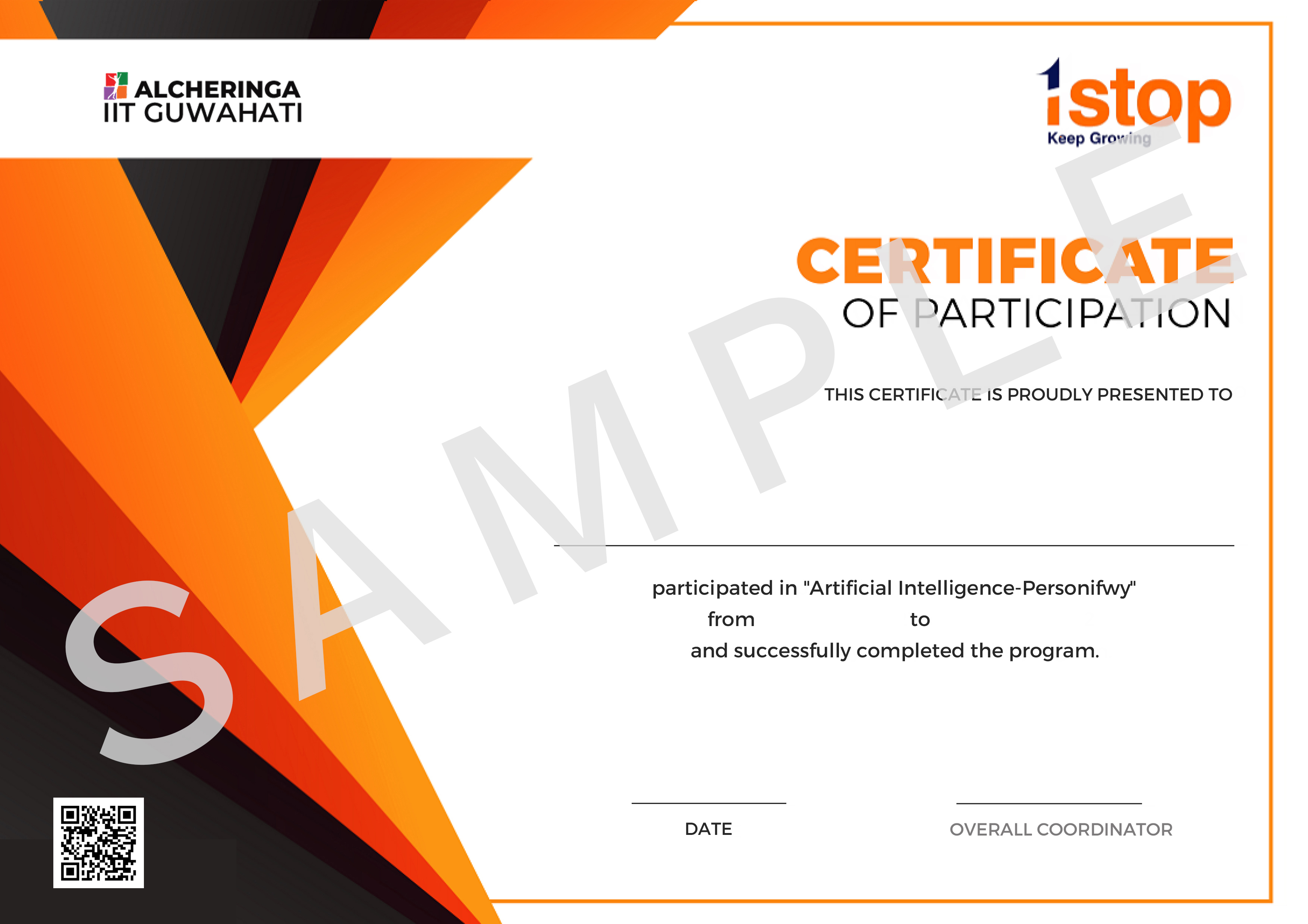
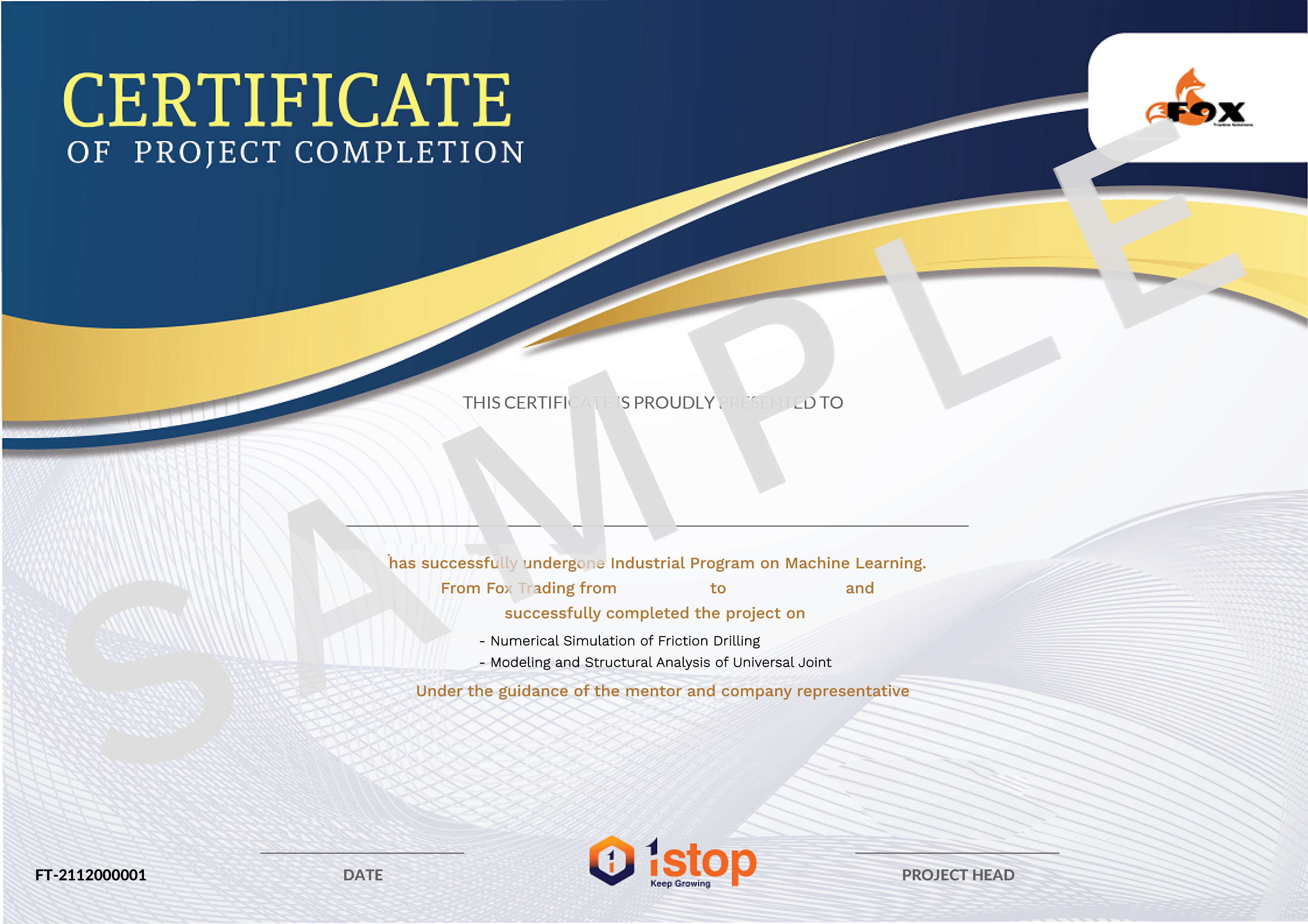
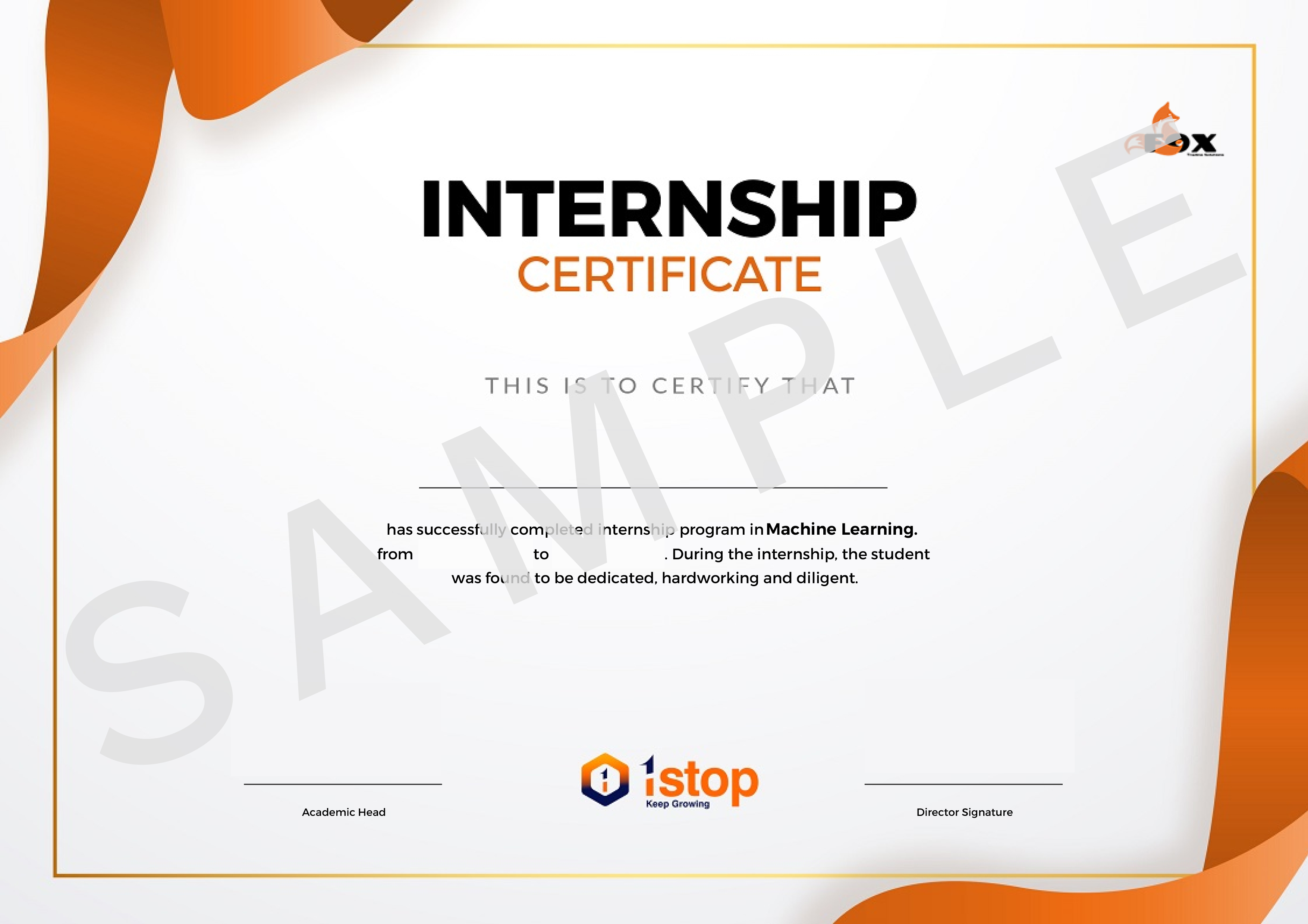
Meet your mentors!
Our expert instructors guide you through the fundamentals in an engaging and supportive learning environment.



4+ years mentoring experience
Sankal Tomar
Sr. Data and Applied Scientist
Senior Data Scientist | Senior System Engineer at Infosys


3+ years mentoring experience
Gaurav Kumar Verma
AI Consultant @Google
Software Architect | Data Scientist | Associate Engineer


5+ years mentoring experience
Rajendra Mehta
Head of Analytics
Head of Analytics | Chief Data Scientist at LTIMindtree


2+ years mentoring experience
Sathya Prakash Soma
Senior Technical Trainer
Senior Technical Trainer | Senior Java Consultant


4+ years mentoring experience
Sahil Handoo
AI Engineer @Google
AI Engineer | Data Engineer at Yara International


6+ years mentoring experience
Suddhasatwa Bhaumik
Strategic Cloud Engineer
Google Cloud Consulting | Senior Manager Data Products at VOIS


4+ years mentoring experience
Swati Thakur
Cloud Consultant @Google
Cloud Consultant|Senior Data Analyst


3+ years mentoring experience
Aishwarya K
Cyber Security:Manager Program Delivery
Cyber Security Mentor | Analyst | Cyber Security Trainer


3+ years mentoring experience
Akash Nagineni
Software Developer
Frontend Trainer|Building Dynamic Web App


4+ years mentoring experience
Megha Singh
Senior Web Developer
Head of Technical | 10+ Highly Scaled Applications Developed


6+ years mentoring experience
Sudhakar G
Principal Architect
Technical Lead | Sr. Delivery Manager


10+ years mentoring experience
Raj Ranjan
Sr. Software Developer @Amazon
Software Dev Engineer|Back-end Developer

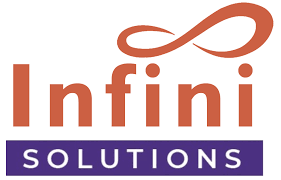
4+ years mentoring experience
Jacob Dennis P
Senior Software Engineer
Web Technologies | Database Technologies | Frameworks | Architecture and Server Management, AWS, Google.
Alumni’s Testimonies

See what 1Stop Learners have achieved.
Collaborating with 50+ top-tier universities and educational institutions


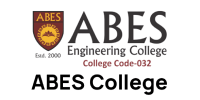
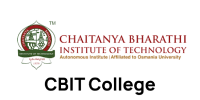






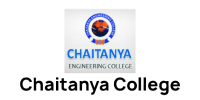


Enroll Now and Become One of 50,000+ Happy Learners!

- Program Duration : 2 months
- 30 Hours of Content
- 3 Major Projects
- 1 year Access for Dashboard and Content
- Project Completion Certificate
- Internship Offer Letter
- Internship Completion Certificate
- Program Duration : 4 months
- 40+ Hours of Content
- 5 Projects
- Live Sessions During Project Execution & Training
- Life time access for content and Customised Dashboard
- Project Completion Certificate from Partnered Companies
- Internship Offer Letter
- Internship Completion Certificate
- Customised Resume Builder
- Program Duration : 2 months
- 30+ Hours of Content
- 3 Major Projects
- 1 year Access for Dashboard and Content
- Project Completion Certificate
- Internship Offer Letter
- Internship Completion Certificate
FAQs

General
Internship
Programs perfectly matched for you

If you haven’t heard, 1Stop is making major headlines!













